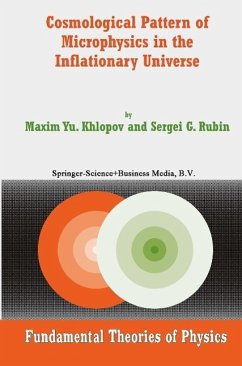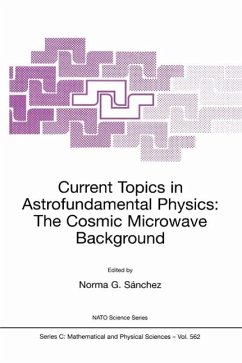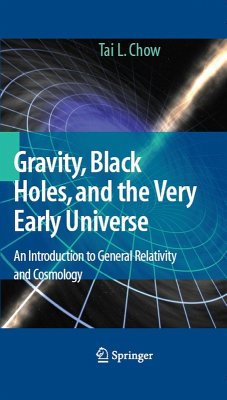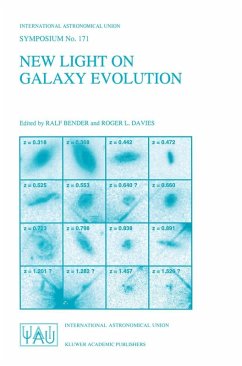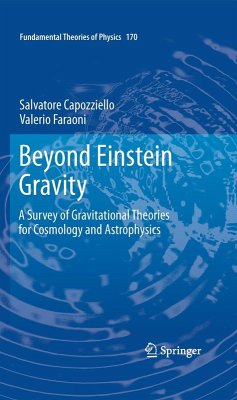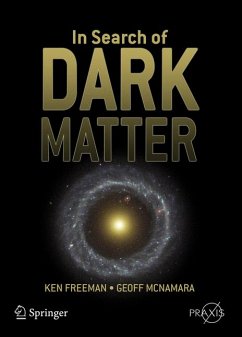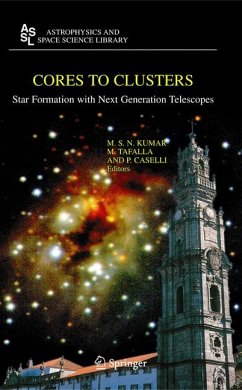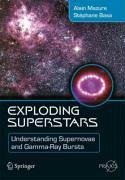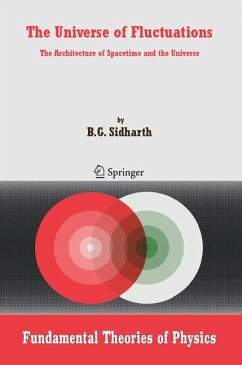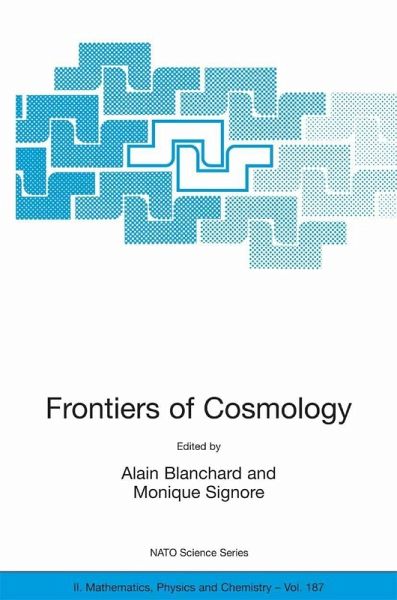
Frontiers of Cosmology (eBook, PDF)
Proceedings of the NATO ASI on The Frontiers of Cosmology, Cargese, France from 8 - 20 September 2003
Redaktion: Blanchard, Alain; Signore, Monique
Versandkostenfrei!
Sofort per Download lieferbar
232,95 €
inkl. MwSt.
Weitere Ausgaben:

PAYBACK Punkte
116 °P sammeln!
The ?eld of cosmology is currently undergoing a revolution driven by d- matic observational progress and by novel theoretical scenarios imported from particle physics. In particular, two most remarkable results were recently - tained from measurements of the angular spectrum of the ?uctuations in the Cosmic Microwave Background (CMB) radiation providing convincing e- dence that the Universe is nearly ?at and from the Hubble diagram of distant supernovae indicating an accelerating expansion rate, which implies the ex- tence of some dark energy as the dominant component of the Universe. Indeed, ...
The ?eld of cosmology is currently undergoing a revolution driven by d- matic observational progress and by novel theoretical scenarios imported from particle physics. In particular, two most remarkable results were recently - tained from measurements of the angular spectrum of the ?uctuations in the Cosmic Microwave Background (CMB) radiation providing convincing e- dence that the Universe is nearly ?at and from the Hubble diagram of distant supernovae indicating an accelerating expansion rate, which implies the ex- tence of some dark energy as the dominant component of the Universe. Indeed, the next decade will bene?t from high quality data on cosmology from diff- ent major experiments and observatories, with a particular important contri- tion from space missions such as WMAP, Planck Surveyor, XMM and SNAP among others. On one side, cosmologists believe they understand the origin of themain ingredients which allowacoherent description of theUniverse from its very earlyphase, namely in?ation, to the actual epoch which accounts for theoriginof theprimordial?uctuations, allowing predictions of their - prints inthe cosmicmicrowave skyandleading to the large scale structure of theUniverse as observed. Ontheother side, theexistence of a non-zero vacuum density is certainly one of the most astonishing results of modern f- damental physics. Understanding its nature andits originwill be one of the major directions of researchinthe following years. In view of the intensive current activity inthe ?eld,aSchoolfully dedicated to these both sides in cosmology was timely.
Dieser Download kann aus rechtlichen Gründen nur mit Rechnungsadresse in A, B, BG, CY, CZ, D, DK, EW, E, FIN, F, GR, HR, H, IRL, I, LT, L, LR, M, NL, PL, P, R, S, SLO, SK ausgeliefert werden.




